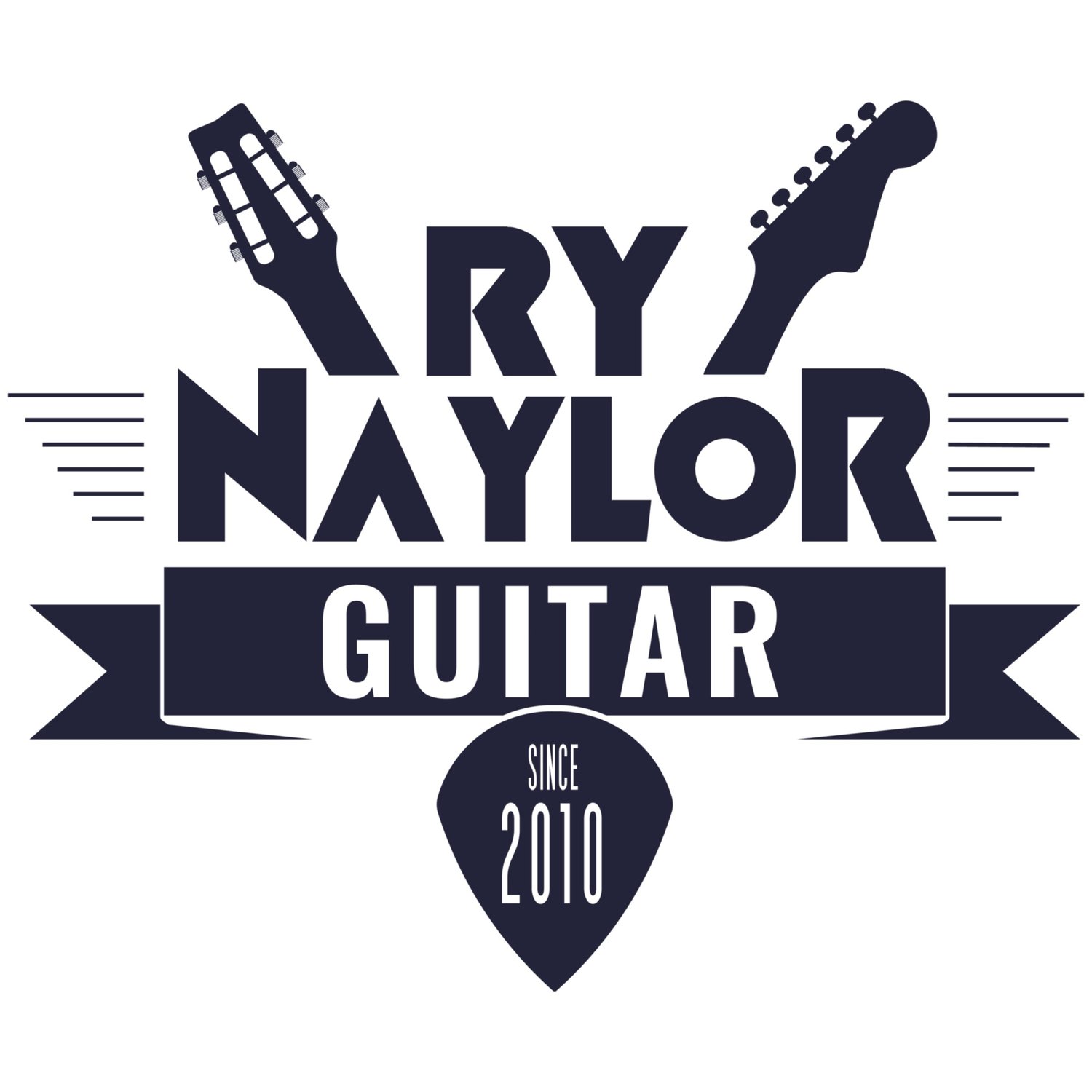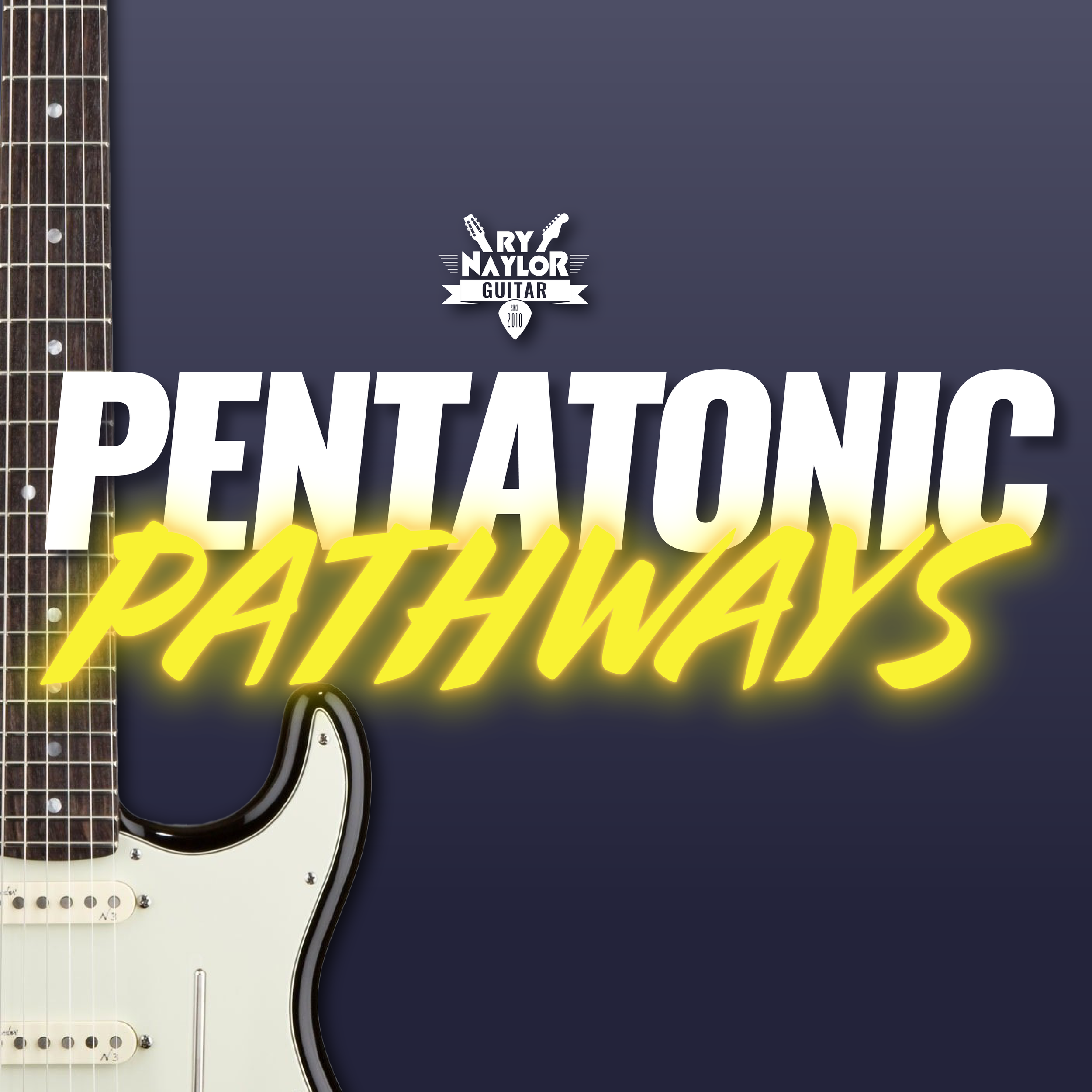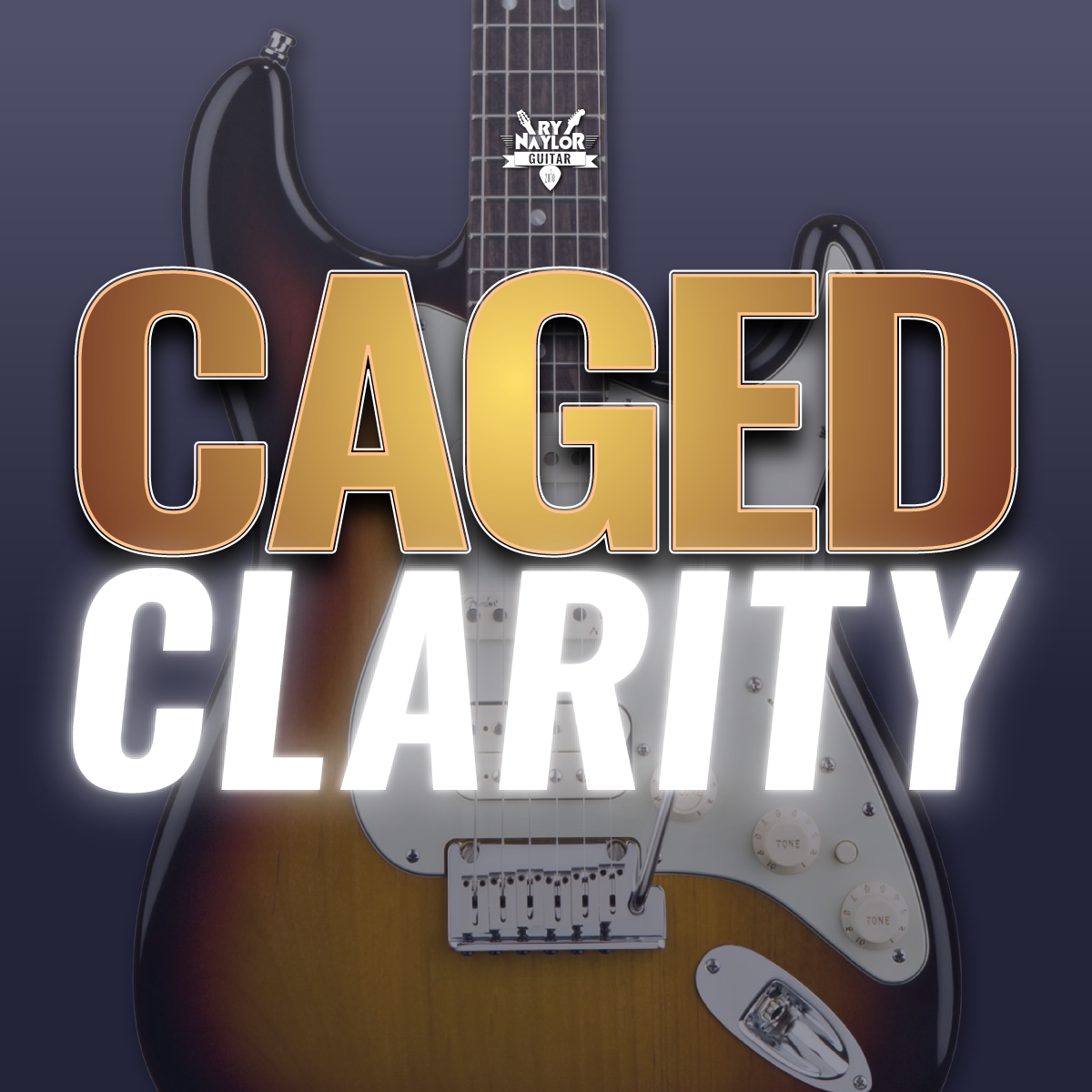Guitar Octave Shapes (Part 2)
/In the previous lesson, we went through all the octave shapes that exist on the guitar fretboard.
In this lesson, we’ll see how you can link all the guitar octave shapes to allow you to find all locations of any guitar note across the entire fretboard.
This forms the basis of the CAGED system and it is incredibly useful for a better understanding of the guitar fretboard and note finding.
This is what you’ll be able to do by the end of the lesson:
So let’s break it down!
The three-octave approach from string 6(E)
The 6-4 octave can be linked to the 4-2 octave to give three octaves of the same note.
LINKING THREE OCTAVES OF THE SAME NOTE FROM STRING 6(E)
Remember that the gap between each octave shape differs.
The 6-4 octave shape is 2 frets higher, whereas the 4-2 octave is 3 frets higher.
Try this on your guitar. Play any note on string 6(E) with your index finger 1 and then move finger 1 to the octave on string 4(D) and then the octave of string 2(B).
Remember the sequence:
Starting note - add 2 frets/down 2 strings - add 3 frets/down 2 strings
THREE OCTAVES OF THE F NOTE FROM STRING 6(E)
The three-octave approach from string 5(A)
The exact same shape can be applied to link three octaves of the same note from string 5(A). The 5-3 octave shape will connect to the 3-1 octave shape.
LINKING THREE OCTAVES OF THE SAME NOTE FROM STRING 5(A)
Again, the 5-3 guitar octave shape is 2 frets higher, and the 3-1 guitar octave shape is 3 frets higher.
Try this on your guitar. Play any note on string 5(A) with your index finger 1 and then move finger 1 to the octave on string 3(G) and then the octave of string 1(E).
It’s the same sequence to memorize:
Starting note - add 2 frets/down 2 strings - add 3 frets/down 2 strings
THREE OCTAVES OF THE F NOTE FROM STRING 5(A)
So that’s two sets of three octaves of the same note.
THE TWO 3-OCTAVE SHAPES FOR THE F NOTE
Let’s go ahead and link these two shapes together with the 5-2 octave shape (or, in this instance, it’s more of a 2-5 octave - moving from string 2(B) to 5(A), moving an octave lower).
LINKING THE 3-OCTAVE SHAPES WITH THE 2-5 OCTAVE SHAPE
But that’s not all!
The F note at the 13th fret of string 1(E) could link to the F note on string 6(E) at the 13th fret, and the sequence of octaves can continue until you run out of fretboard!
FINDING ALL THE F NOTES ON THE FRETBOARD BY LINKING THE OCTAVE SHAPES TOGETHER
See how I added the F note in the 1st fret of string 1(E) (it’s the two-octave shape) to show every F note on the fretboard.
The octave sequence for the entire fretboard
There is a sequence to the octave patterns that can be memorized and then applied to any particular note. The stages are as follows:
When on 6(E), move to 4(D) (one octave above)
When on 4(D), move to 2(B) (one octave above)
When on 2(B) move to 5(A) (one octave below)
When on 5(A) move to 3(G) (one octave above)
When on 3(G) move to 1(E) (one octave above)
When on 1(E) move to 6(E) (two-octaves below)
THE OCTAVE CYCLE
This sequence will not change, although the starting octave shape will vary according to the particular guitar note that you have chosen to start the sequence.
In that way, you can think of it as a continuous cycle. You just have to make sure you start moving around the cycle from the right string.
You’ll identify the string upon which the chosen note is closest to the headstock (i.e. the lowest fret) and start the sequence from that given string.
Finding all the C notes
Let’s apply the sequence to find every C note on the fretboard.
Finding all the C NOTES WITH THE OCTACE SEQUENCE
The lowest fret in which we find a C is in the 1st fret of string 2(B). The octave sequence will therefore start from stage 3. of the sequence (when on 2(B) move to 5(A)) and it continues from that point.
Finding all the B flat notes
Let’s find all the B♭ notes. Again, start with finding the lowest fret in which we find a B♭. This will be the 1st fret of string 5(A). The octave sequence this time will start from stage 4. (When on 5(A) move to 3(G)) and it continues from there.
FINDING ALL THE B FLAT NOTES WITH THE OCTAVE SEQUENCE
And that’s how the octave shapes link up the guitar fretboard!
There are a couple of other octave shapes that could be added to give the full picture.
Let’s add the 6-3 and 4-1 octaves shapes. In doing so you create a couple of useful triangle formations.
ADDING IN THE MISSING OCTAVE SHAPES WHICH FORM TRIANGLE OCTAVE SHAPES
Your to-do list
Practice playing through the octave sequence. Choose any note (try and do a different one each time) and locate the lowest fret in which you find that note. Start the octave sequence from that string.
Use the index finger to fret each note
Say the sequence as you play it - “when on 4, move to 2…when on 2, move to 5…”
The next stage is practicing finding all octaves around a particular note anywhere on the fretboard, in higher and lower frets.
For more
This lesson breaks this idea down and starts relating these octave shapes to the 5 CAGED shapes:
CLAIM YOUR FREE EBOOK
You can get the full insight on the CAGED system in my eBook CAGED Clarity, or join me in Guitar Blueprint for my complete guide to fretboard fluency.
If you’d like to help support my lessons, you can also do so and get exclusive bonuses as a member of my Patreon group (www.patreon.com/rynaylorguitar).
























